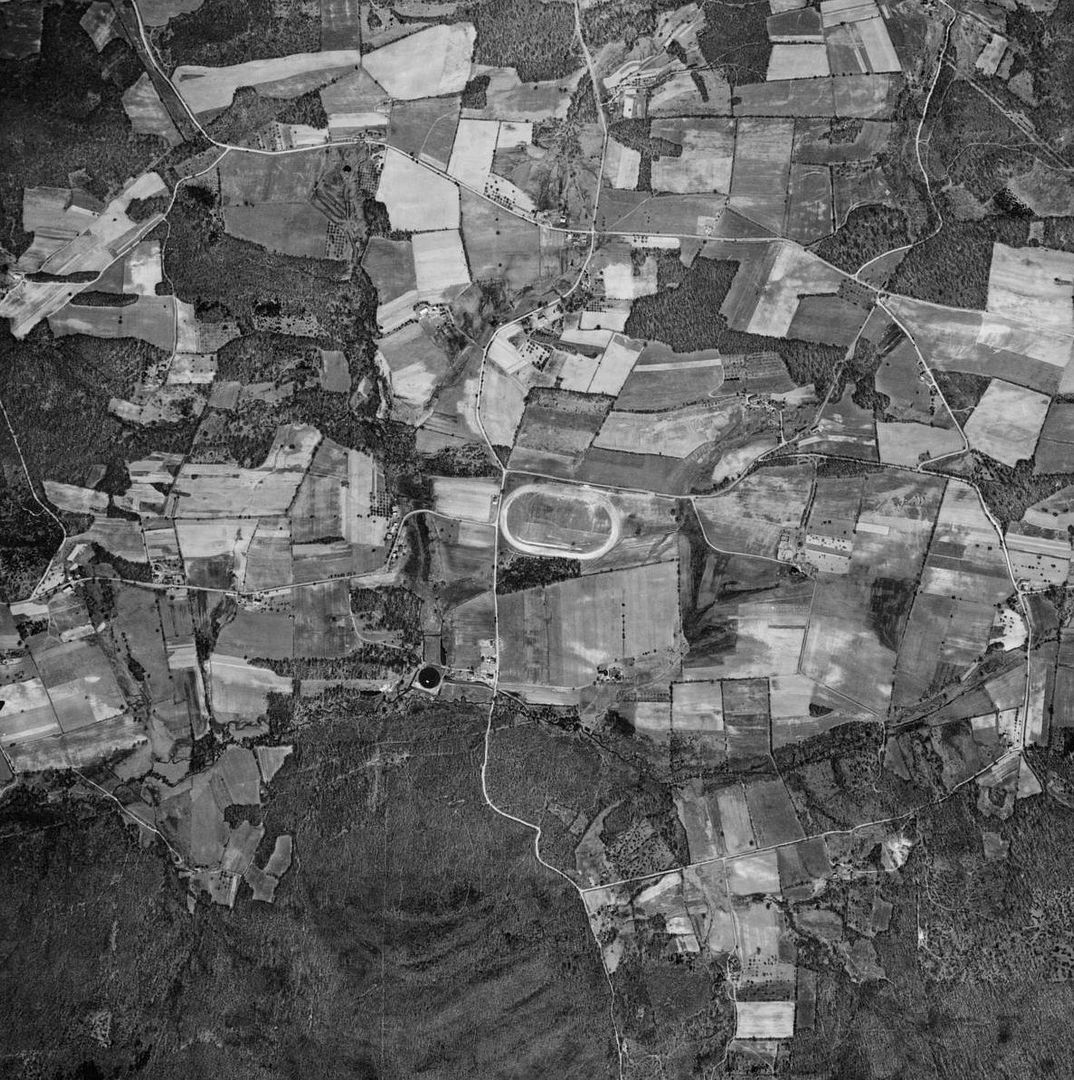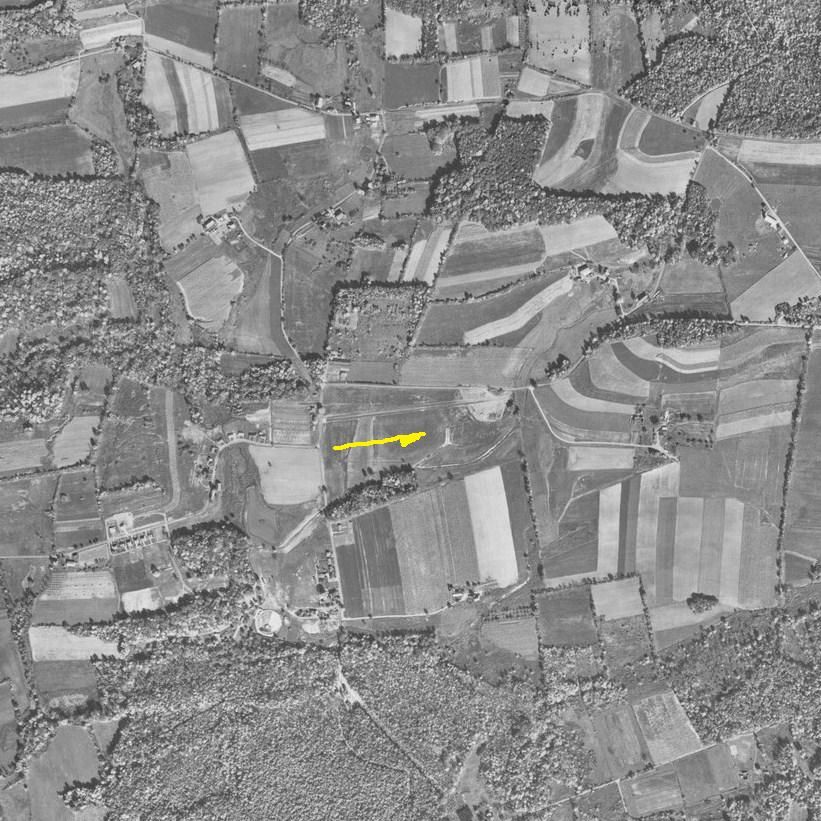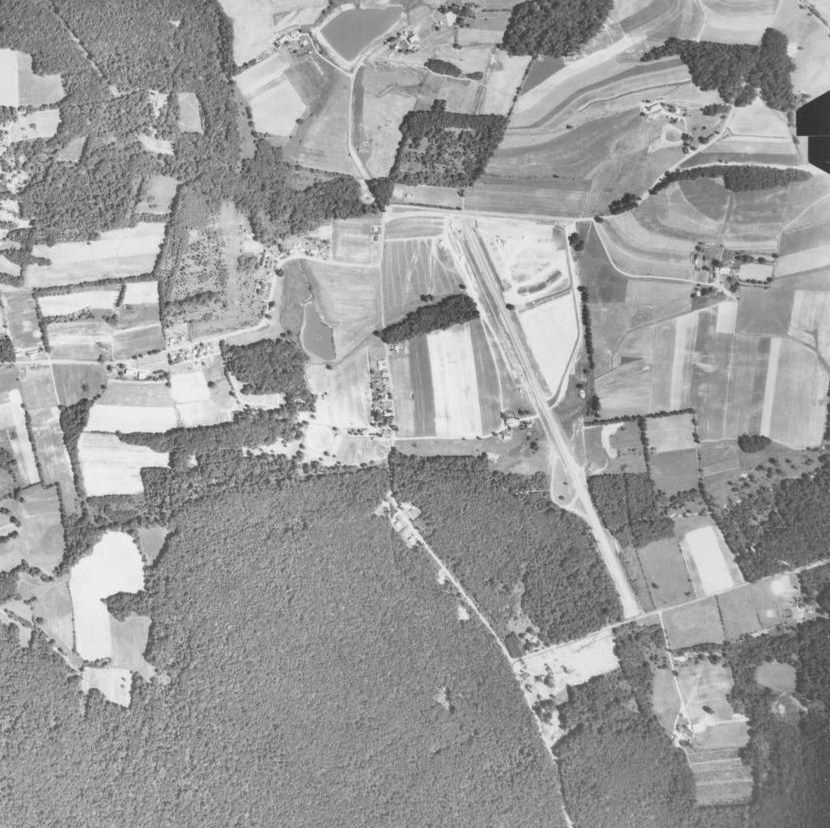1984 – NHRA awards MGR a national event in 1985. Rain forces postponement of Super Stock Nationals and another storm moves the Top Fuel and Funny Car finals to Englishtown, which are won by Connie Kalitta and Dale Pulde, respectively. Sportsman finals are finished at MGR two weeks later with Bill Walsh setting an NHRA record in Top Alcohol Dragster with a run of 6.33 and Fred Mandoline does the same in Alcohol Funny Car with a 6.32. More than 15,000 attend Super Chevy Sunday. Team Maple Grove wins first of unprecedented 12 ET Finals championships.
1985 – First NHRA Nationals; winners of the inaugural event were Don Garlits (Top Fuel), Tim Grose (Funny Car) and Bruce Allen (Pro Stock). Facility improvements are made, including a second reserved-seat grandstand, expansion of the pit area and 2,000 feet of fence to speed traffic flow.
1989 – Mike Lewis leaves MGR to take a position with NHRA, George Case is promoted to vice president/general manager. The $1 million expansion program is completed with the opening of the VIP Hospitality tower, new grandstands and track lighting system. A Compulink timing and scoring system is installed. First side-by-side four-second Top Fuel pass is accomplished by Joe Amato and Shirely Muldowney at the NHRA Keystone Nationals.
1990 – To raise money for Darrell Gwynn’s medical bills after the racer is paralyzed in an accident, a benefit softball game is held between drivers from the NHRA and NASCAR at Reading’s FirstEngergy Stadium. Over 13,000 crowd the ballpark and $150,000 is raised. Rain delays finals until night.
1991 – New return road that brings racers directly into the pits is complete as is a 3,200-foot concrete guardwall down the length of the track. Electronic scale is added.
1992 – MGR celebrates 30th anniversary. Retaining wall behind the starting line is completed. Cory McClenathan is first Top Fuel driver to complete run in 4.7 seconds at NHRA Nationals.
1994 – Mike Dunn and Blaine Johnson make first side-by-side Top Fuel pass in which both drivers eclipse 300 miles per hour at NHRA Nationals.
1995 – Team Maple Grove wins fifth ET Finals championship.
1996 –In the first Pro Stock Bike race at the NHRA Nationals, Angelle Sampey sets a national record with a pass of 7.373 seconds.
1997 – MGR celebrates 35th anniversary.
1999 – Lighting is improved in shutdown area.
2001 – Because of Sept. 11 attacks, NHRA Nationals are moved to October.
2002 – MGR celebrates 40th anniversary. First Geezers Reunion, which features nostalgia race cars, is held.
2003 – Due to hurricane-like weather, NHRA Nationals are moved from September to October.
2004 – New food court area is constructed, including a beer garden.
2007 – MGR celebrates 45th anniversary. The NHRA Nationals isn’t completed until Wednesday because of persistent rains. Sticking around to win are Doug Herbert (Top Fuel), Tony Pedregon (Funny Car), Dave Connolly (Pro Stock) and Matt Guidera (Pro Stock Bike).
2008 – Lex Dudas is named vice president/general manager and Mark Dawson joins staff as director of racing operations. Timing system is upgraded to Compulink fiber optics and new LED scoreboards are installed. The Alfred Stauffer Memorial Walk of Fame and Victory Lane are constructed behind the pitside grandstands. Team Maple Grove wins 10th ET Finals championships.
2009 – Track is extended to 4,075 feet making it one of the 10 longest in the nation; 300 feet of pavement was added, along with a 250-foot sandtrap. Part of track that crosses Kachel Road at the end is aligned with the pavement.
2010 – Track opens a month later with a new surface, including an extension of the concrete launch pad to 820 feet. Several track records fall during the Toyo Tires NHRA Nationals, including a national mark of 4.011 in Funny Car by Matt Hagan. Mark Dawson leaves to become Dragway Manager at Auto Club Dragway in California, Anthony Winchester is promoted to track manager.
2011 – Auto-Plus takes over sponsorship of the Nationals. The 27th annual Auto-Plus NHRA Nationals features two National records: Del Worsham, Top Fuel ET 3.735 and Jason Line Pro Stock ET 6.477. Worsham’s record pass came in a losing effort to Spencer Massey in the final of eliminations.
2012 – Maple Grove celebrates 50th anniversary with Anniversary Spectacular on June 23 with several dignitaries including grand marshal Don “The Snake” Prudhomme. Race features bracket cars, jet cars and Nostalgia Funny Cars, however Bob Motz’s jet truck steals the show. Four National records are set at the 28th annual Auto-Plus NHRA Nationals: Antron Brown, Top Fuel E.T. 3.701; Jack Beckman, Funny Car E.T. 3.986 and miles-per-hour 320.58; Andrew Hines, Pro Stock Motorcycle E.T. 6.728.
2013 – Team Maple Grove wins 13th Summit Racing ET finals championship. The Auto-Plus NHRA Nationals features three great days of sunny weather and fans pack the stands each day.
2014 -Anthony Winchester steps down as Track Manager. Jason Leber is promoted to Director of Racing Operations. The NHRA Nationals was once again a huge success even though a rain delay on Saturday morning.
2015 -Maple Grove Raceways concrete racing surface was extended in 2008 to the 770′ mark of the quarter mile track. In the spring of 2015 ownership elected to remove the remaining 550′ of asphalt and replace it with concrete, making Maple Grove one of the only total concrete quarter mile tracks in the east



